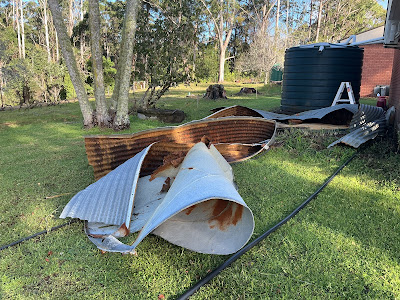But some communities and families, particularly American expats do.
These celebrations can take place around the American Thanksgiving date or be adapted to fit the Australian calendar ie. moved to a weekend to accommodate work schedules or the Australian spring season.
Interestingly the Australian external territory of tiny Norfolk Island is an exception, as it does have its own public Thanksgiving holiday on the last Wednesday of November.
When the First Fleet arrived at Port Jackson (Sydney) in January 1788, Governor Phillip ordered that a party of 15 convicts and seven free men lead by a military commander to take control of Norfolk Island and prepare for its commercial development.
As early as 1794, the Lieutenant-Governor of New South Wales suggested the island’s closure as a penal settlement as it was too remote and difficult for shipping and too costly to maintain.
The British government began to wind down the second penal settlement after 1847, and the last convicts were removed to Tasmania in May 1855. The island was abandoned because transportation from the United Kingdom to Tasmania had ceased in 1853, to be replaced by penal servitude the UK.
The Pitcairners occupied many of the buildings remaining from the penal settlements, and gradually established traditional farming and whaling industries on the island. Although some families decided to return to Pitcairn in 1858 and 1863, the island's population continued to grow. They accepted additional settlers who often arrived on whaling vessels.
The island was a regular resort for whaling vessels in the age of sail.
The first such ship was the Britannia in November 1793. The last on record was the Andrew Hicks in August–September 1907.
They came for water, wood and provisions, and sometimes they recruited islanders to serve as crewmen on their vessels.
I like the celebration there a lot and just not the huge amount and great variety of food.




































































